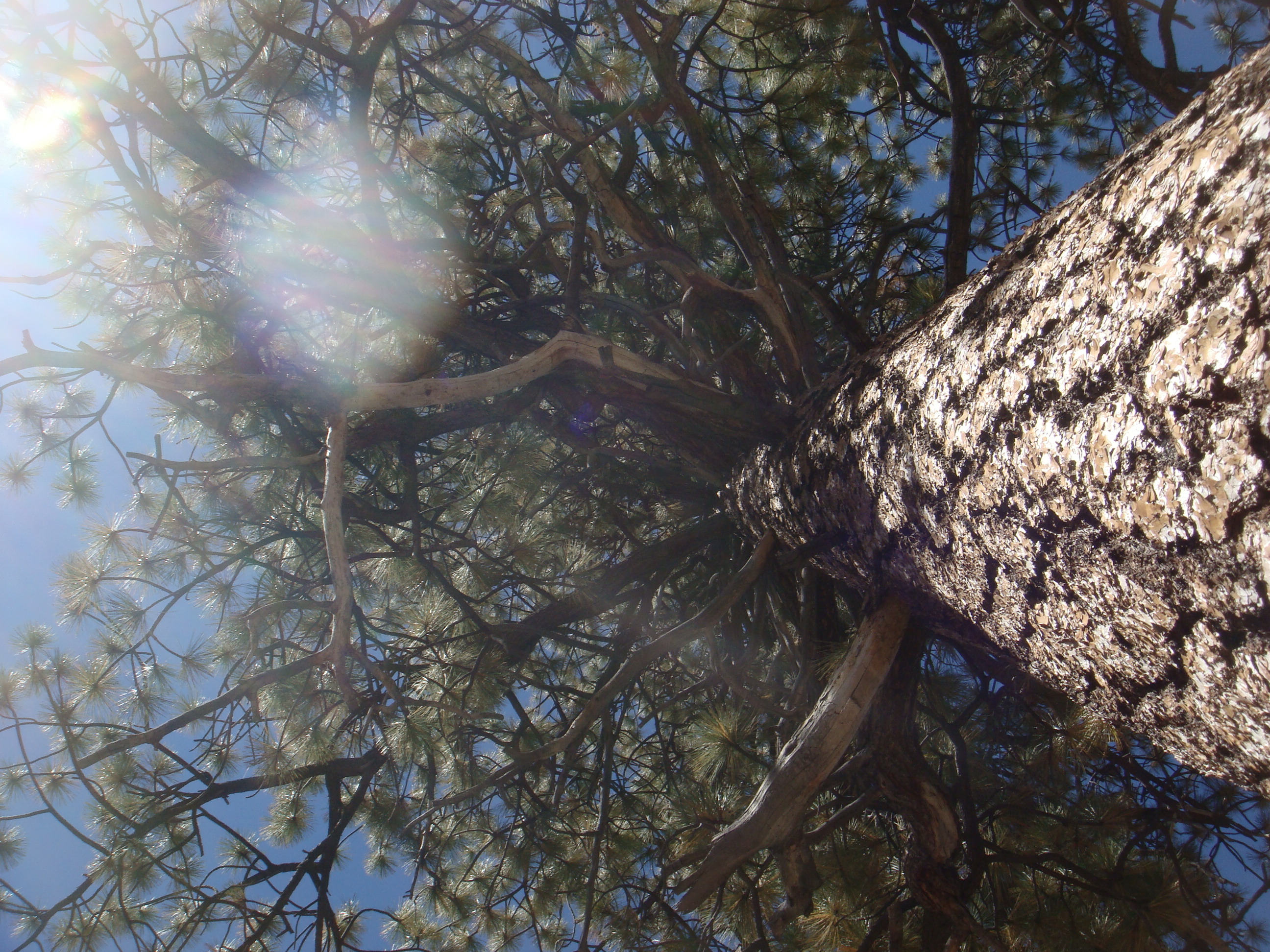Introduction:
Pieces of wood (trees, logs) that become water logged and sink to the seafloor 100’s-1000’s of meters below are energy rich environments, but their occurrence is sparse in the deep sea. Where wood falls do occur, they act as sulfidic niches that enable energy transfer from freshly immersed debris to deep-sea biota via the oxidization of sulfur compounds in the wood. Although scientists have a general understanding of the process of colonization on woody-debris, there remains a question regarding the temporal dynamics and sulfide ranges encountered on wood falls.
Laboratory studies have found that sulfur concentrations in wood falls is high. Scientists attribute the production of sulfide to microbial degraders sustained by organic bits produced by wood-eating bivalves called Xylophaga.

A prior observation that sulfide concentrations increased on the surface of a freshly cut wood fall within a month of submergence was key to researches studying wood-fall colonization in more detail because it suggests that labile components of the wood are able to sustain chemolithotrophic conditions.
Methods:
Scientists from France, Canada, and Brazil studied the development of a bacterial colony on an in situ wood fall. They were motivated to perform in situ experiments that compare with the time scale of mesocosm experiments, ~85 days. The in situ experiments consisted of submerged wood debris at ~520 m in oxygenated water. The experiments were monitored with high-frequency video and instrumentation for pH and hydrogen sulfide (H2S) at the wood surface. Researchers monitored electric current with an instrument called a voltammogram.
Results:
The video recorded how the surface of the wood evolved over time. The first week was bare wood. After a week, there was a rapid development of white sulfur microbial biofilm on the surface of the wood. Xylophaga (wood eaters) appeared after 40 days, before the sulfur mat was at its fullest extent of coverage. As Xylophaga coverage increased, the sulfur mat coverage decreased.
The pH of the wood varied over time. In the first week, the wood surface became acidic, dropping from 7-6. After two weeks, the pH steadily increased for the duration of the experiment, surpassing the initial pH.
H2S increased to millimolar levels after 30 days. Between 30 and 50 days, the H2S levels went through cycles of building up and then falling back to zero in five-day periods. After 50 days the cycling pattern was still observed, except that the peaks were two orders of magnitude higher compared to the prior set (10 millimolar vs. 1000 millimolar), and an individual cycle was less than five days. This study observed that the sulfide produced was not accumulating in the burrows and that sulfide at the surface was depleted in proximity to the wood-borer burrows. Check out Figure 1 in the open access article; it shows that sulfide levels were near zero from 0-28 days, then increased rapidly between 28 and 41 days before falling back to zero by the 45th day.
The voltammograms recorded electrical current surrounding the period of sulfur build up between 25 and 30 days (blue and green lines on Figure 1.c in open-access publication).
Discussion:
The researchers established a timeline for colonization on a wood-fall, including the initial development of a biofilm on the wood surface. The presence of microbial biofilms on the wood surface reflects the anaerobic breakdown of labile organic material on the wood surface, like sugars. The breakdown of the labile components of wood results in sulfur diffusion at the wood-water interface. The sulfur that diffuses at the wood-water interface is used by chemolithotrophic microbes to generate a sulfur biofilm. After 1.5 months, the wood-borers control the flux of electron acceptors (nitrate and sulfate) through their burrows, which drives the sulfide boundary of H2S deeper into the wood. As a result, the H2S is depleted at the wood surface; it is replaced with a highly sulfidic layer of digested wood material on the log surface.
Implications:
The findings of the in situ experiments highlight the initial rapid development of a biofilm on submerged wood-debris, and supports and strengthens the findings of aquarium investigations that have found that wood-borers have important roles in developing a sulfide zone by establishing that wood-borers govern the cycling of sulfur within the wood-debris.
Scientific research studies that investigate the functionality of deep-sea ecosystems are important because it is important to understand how the natural systems work in the current environmental state. Such information will enable us to better predict how deep-sea ecosystems will respond to environmental changes. As climate changes introduce sea level rise and stormier conditions, an influx of wood-debris is expected. It is important to understand the dynamics of chemosynthetic organisms, especially if we suspect they will have an increased presence in the deep-sea and canyons, for example.
Hello, welcome to Oceanbites! My name is Annie, I’m a marine research scientist who has been lucky to have had many roles in my neophyte career, including graduate student, laboratory technician, research associate, and adjunct faculty. Research topics I’ve been involved with are paleoceanographic nutrient cycling, lake and marine geochemistry, biological oceanography, and exploration. My favorite job as a scientist is working in the laboratory and the field because I love interacting with my research! Some of my favorite field memories are diving 3000-m in ALVIN in 2014, getting to drive Jason while he was on the seafloor in 2017, and learning how to generate high resolution bathymetric maps during a hydrographic field course in 2019!

